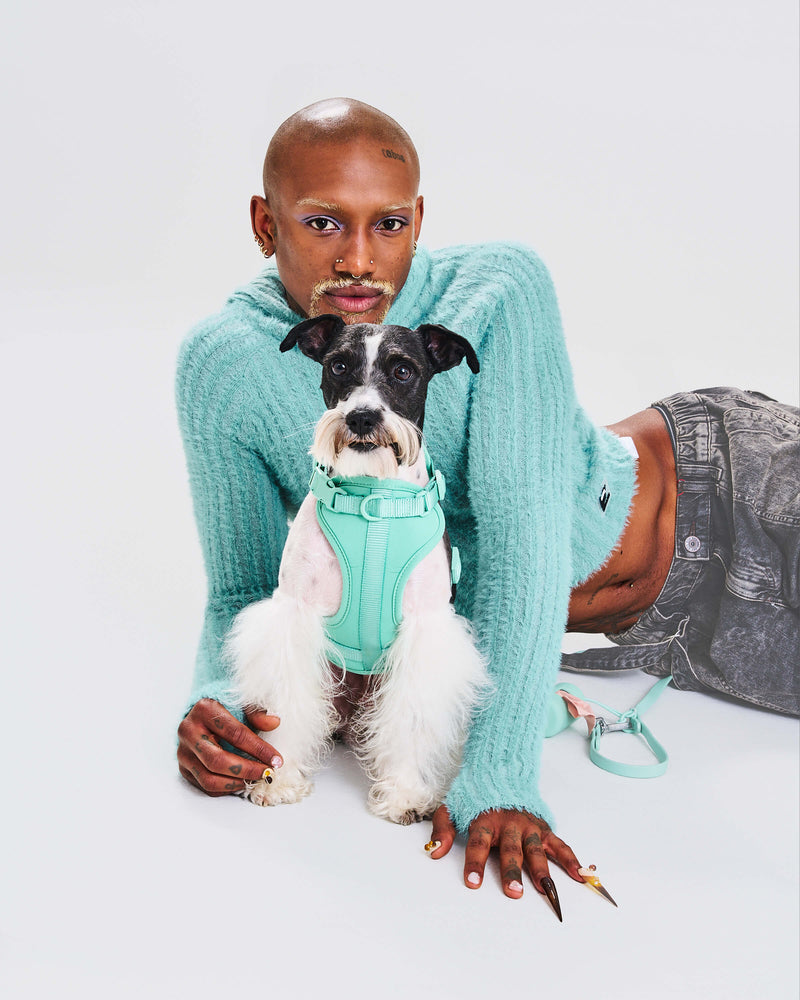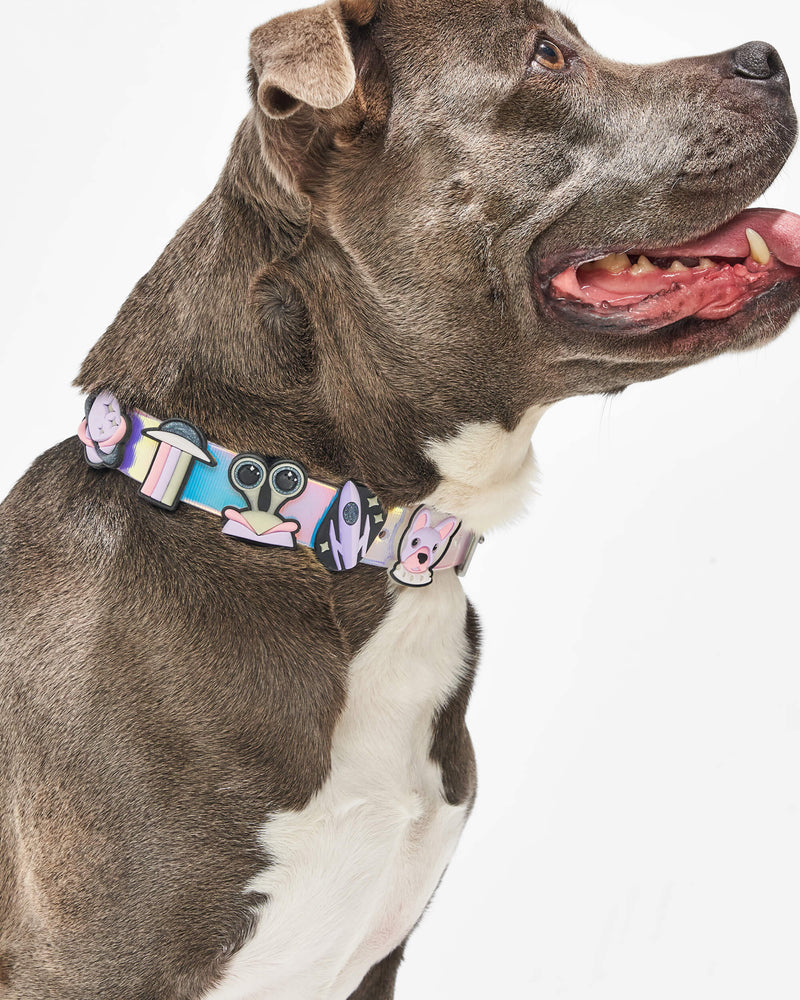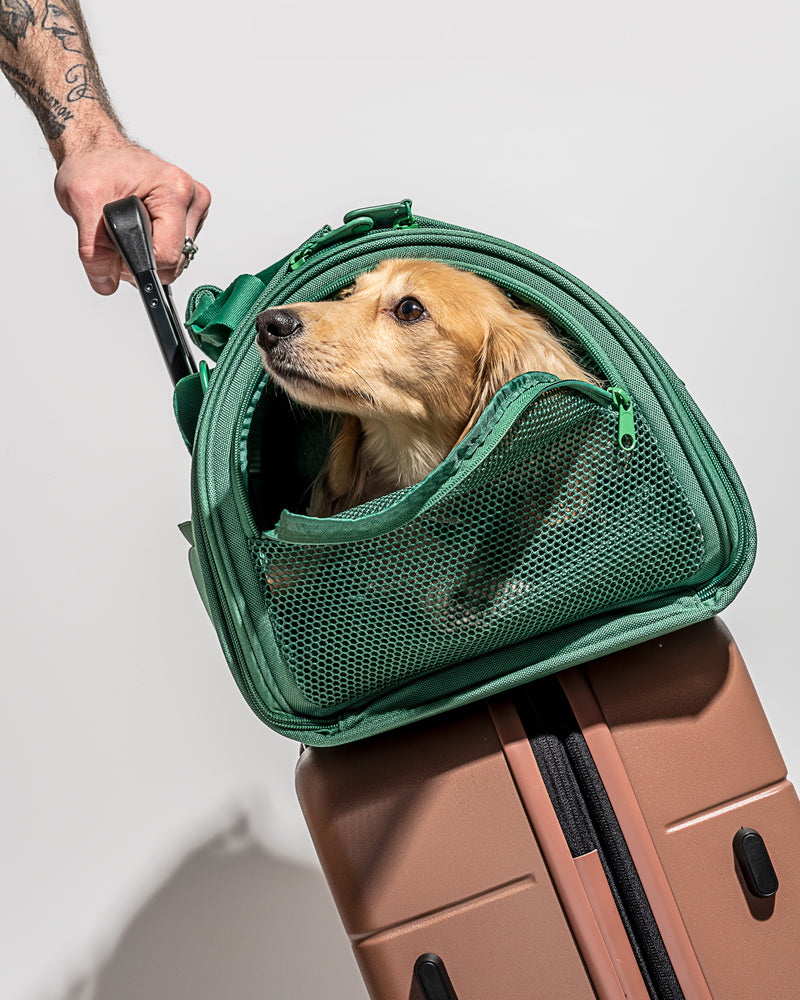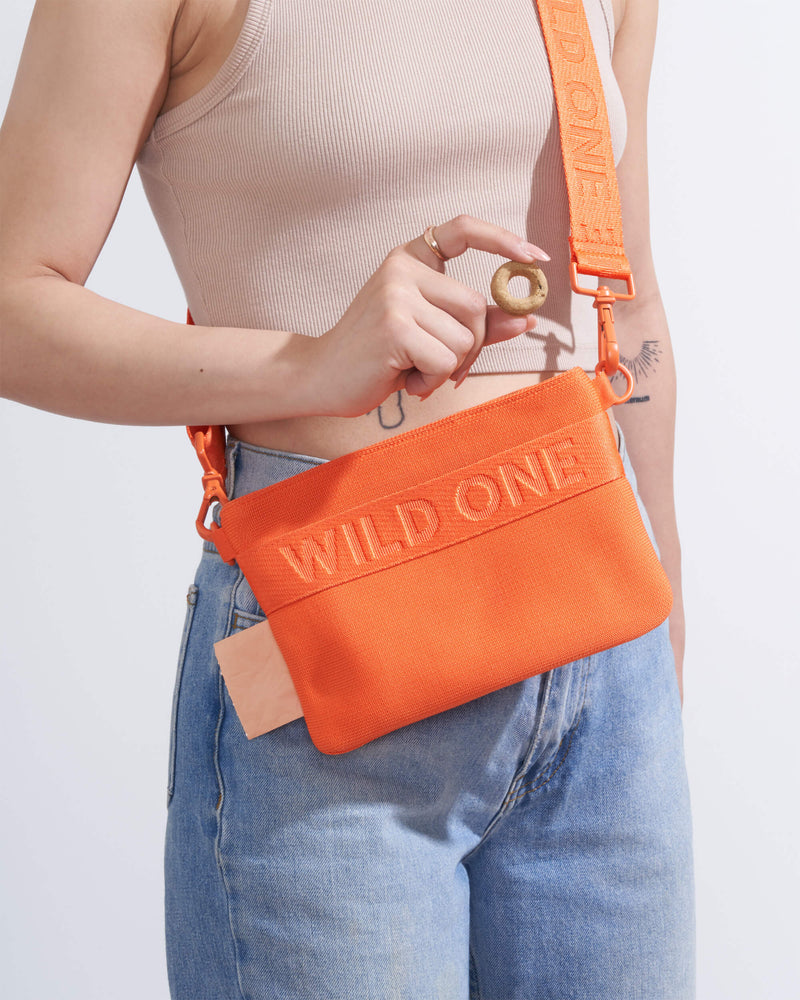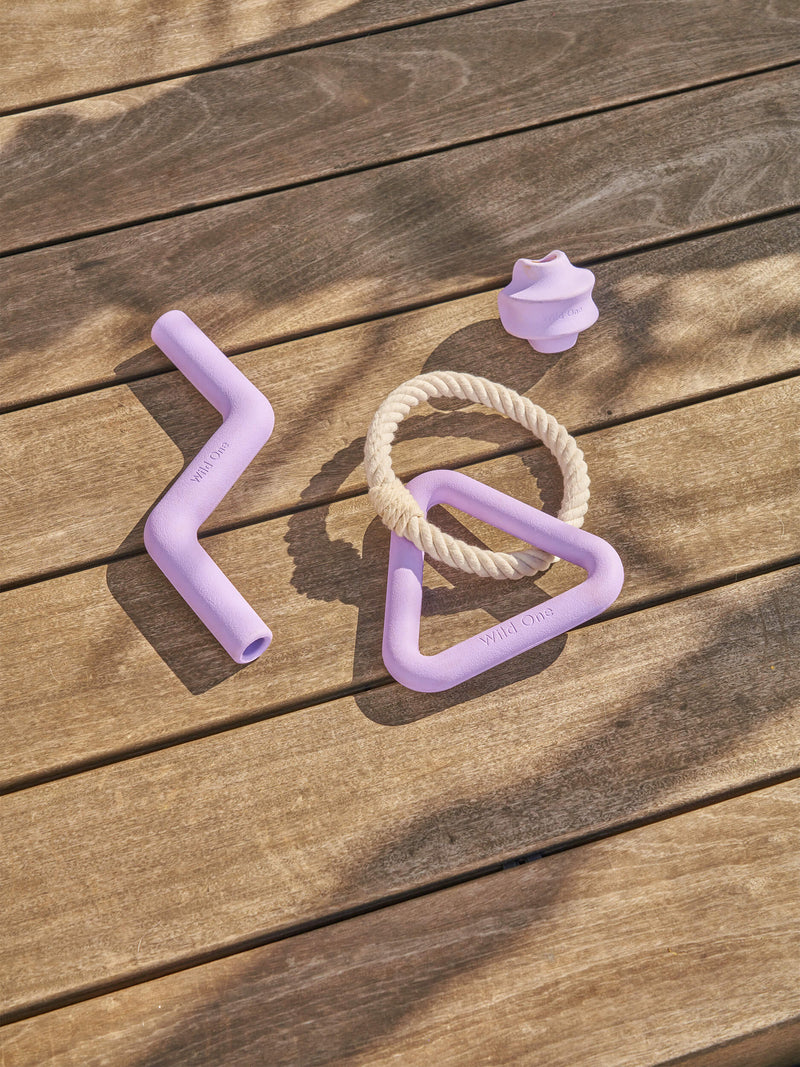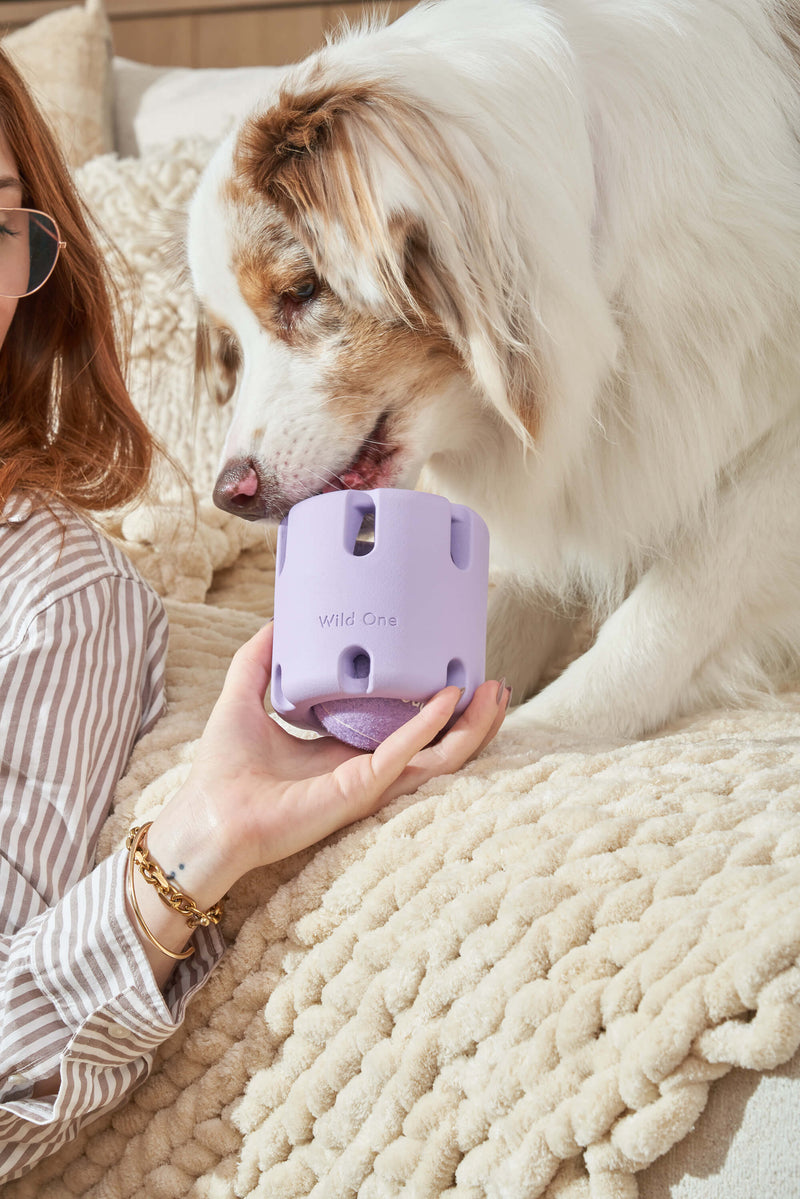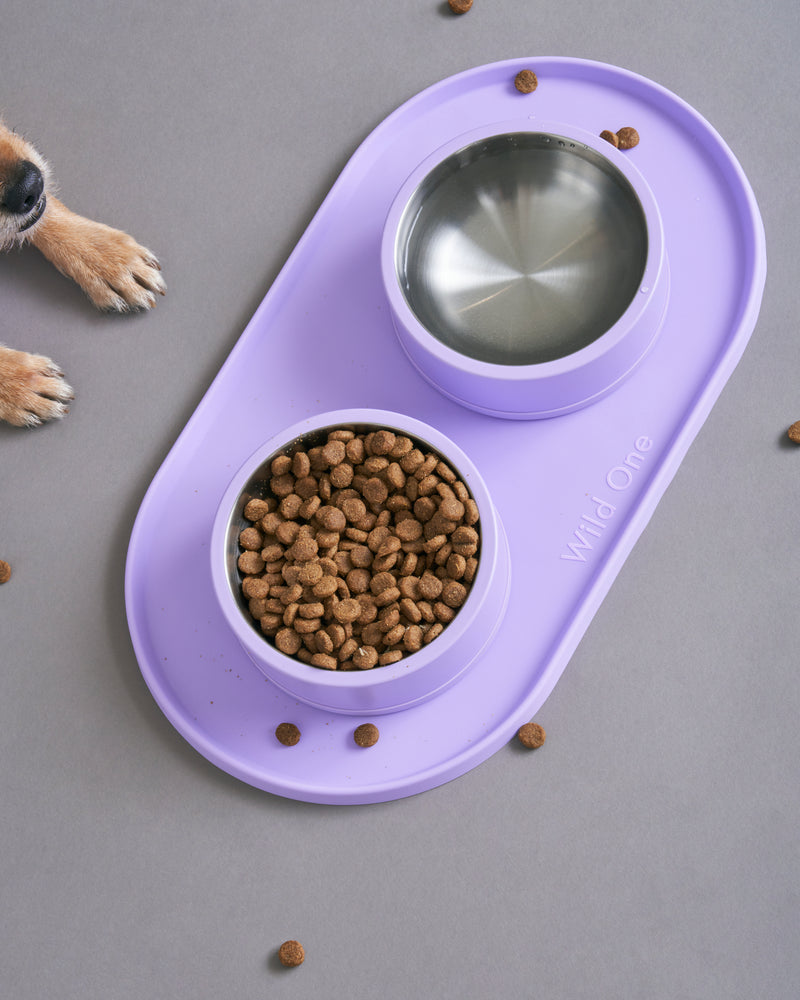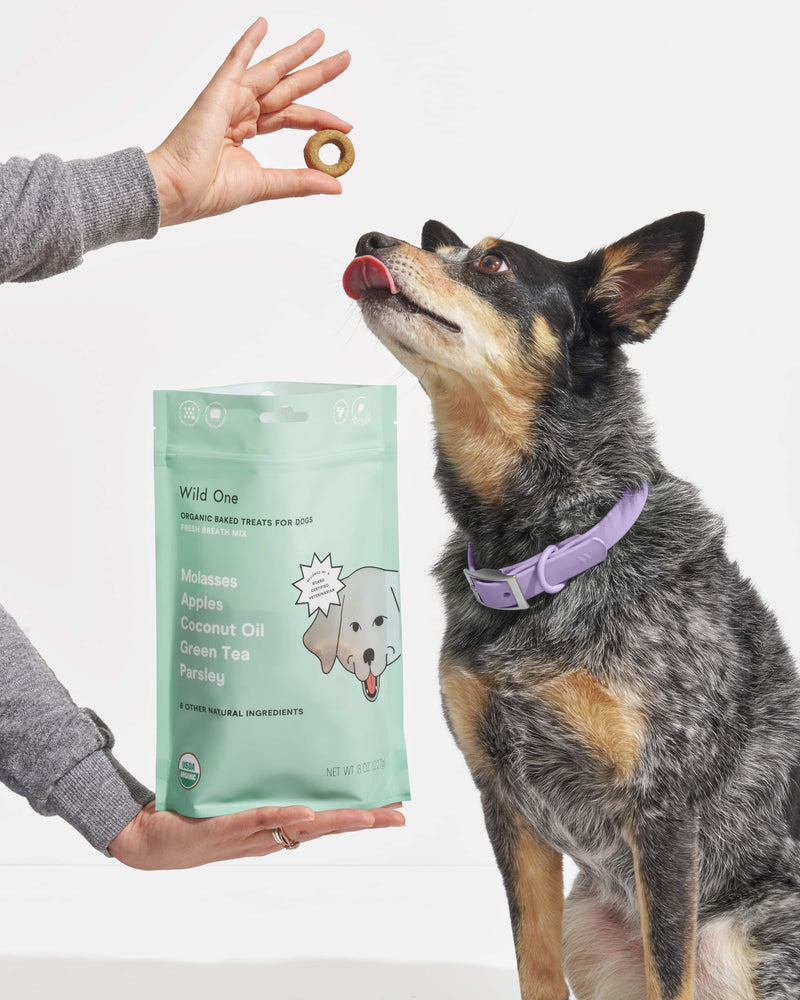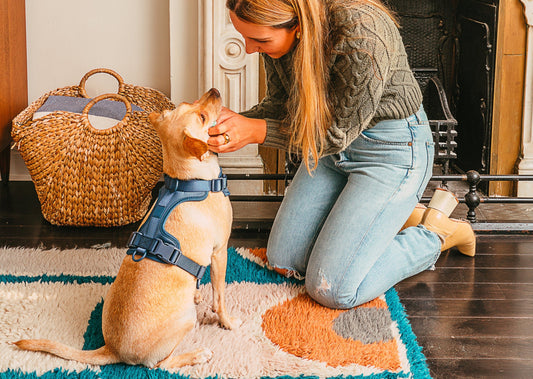Some dogs are just too crafty. You know the type; they know how to get to the people food, no matter how well it’s been put away. They’re able to find just the right spot in the fence to dig under, and when you take your eyes off of them for just a moment, they’ve managed to wriggle free of their collar.
Does this sound like your dog? If so, then this article is for you!
When you’ve got yourself a little escape artist, a harness that can’t be escaped from is important. Check out what makes a harness harder to escape from in comparison to a collar, and learn about how to keep your pooch safe and secure!
Why Does My Dog Slip Out Of Their Collar?
There could be any number of reasons for this behavior to begin, and in most cases, the cause isn’t easy to identify. Some dogs find collars to be uncomfortable, while others are nervous, and others still are adventurous. No matter the reason behind it, a dog slipping out of their collar can be one of the most terrifying situations to be put in involving your four-legged friend.
Escape Artists Lead Dangerous Lives
The reason we leash our dogs is primarily to prevent harm from coming to them. When out in the world, there are many things that could happen to a pup that are dangerous.
Keeping our dogs leashed helps to:
- Stop them from ingesting unsafe food or materials.
- Keep them safe from aggressive dogs.
- Prevent them from entering the road and risking an accident.
No matter how you look at it, keeping your dog leashed is a matter of safety. If your standard collar isn’t doing the trick, it may be time to look into a harness.
Ways That Dogs Escape From Collars
Your dog can escape their collar in one of a few ways. For the most part, these can be corrected by properly fitting your dog’s collar, but sometimes that doesn’t work, either.
- Certain breeds of dogs have a thicker neck than they do head, and can slip their collar easily.
- Some dogs who are nervous back themselves out of their collar by accident but run from their owner due to fear.
- Adventurous pups have an independent spirit, and they’ll do anything they can to get out of their collar.
Do any of these scenarios remind you of your dog? Then it’s likely you need a harness.
Harnesses: The More Secure Option
Collars and harnesses serve the same purpose; to keep our dogs secure and safe. However, one of these is far better than the other at that. Care to guess which one? Well, we can tell you that it isn’t the collar.
Harnesses have a distinct advantage over collars in terms of safety and security, and that’s the way that they fit your four-legged friend. Rather than be attached around one part of your dog’s body, they’re attached around several. Harnesses are attached around the neck, the chest, and the front legs of your dog, kind of like a vest. This holds them in place securely, solving the problems listed above.
Safe and Secure
Because of the way that a harness fits, it prevents even the craftiest pup from escaping, so long as it is fitted correctly. Breeds that can slip their collar due to the way their bodies are built can’t remove their head from a harness, as the material spanning from the back of their neck to the middle of their body won’t let them.
Nervous dogs can’t back out of them, and adventurous dogs will have a hard time figuring them out. A good harness is the best option for your escape artists.
More Control
For those dogs that get rowdy and escape their collars by chance, a harness offers more control during those moments of extra energy. There are normally two, if not more, leash attachments on harnesses.
One of these attachments is on the front and helps to prevent pulling by leading the dog in a direction that they don’t want to go. The other is on the back, which allows for the same control as a collar. However, since a harness hugs the body, the mounting point on the back still allows for more control than a collar would.
Injury Prevention
If your dog pulls hard on their collar (which can aid in their escape), then a harness is also a safer option. If your pup pulls on a collar with too much force, they run the risk of causing severe neck injuries to themselves. The likelihood increases with certain breeds, like Pugs or Bulldogs, as they are prone to respiratory issues, to begin with.
Additionally, some dogs as a whole run the risk of being too strong for their own good and can injure themselves when pulling on a collar in general. In most cases, a harness is the safest option available.
Properly Fitted
When looking to utilize a harness as a way to prevent escape or injury in your four-legged friend, a proper fit is a must. If you’re not able to bring your dog with you to fit them for a harness or are looking to purchase one online, make sure you take the proper measurements to ensure a good fit. Be sure to measure:
- The thickest part of their neck, just above their shoulders
- The thickest part of their chest, just behind their shoulders
- Their weight
While taking your pup’s weight isn’t as necessary as the other options, it can play a part, depending on the manufacturer’s recommendations and materials used in the harness.
The Two Finger Rule
Harnesses often have a lot of adjustable sections, making them a bit harder to fit than a collar. However, in order to make sure that your dog can’t escape from their harness and to make sure that they’re comfortable, a general rule can be followed.
When adjusting your pup’s new harness, take your index and middle finger and stack them together. Then, to check your pup for a proper fit, slide the two fingers stacked together between the harness and your dog. If the harness has been adjusted properly, then the fingers will fit in snugly. If it’s too tight, be sure to loosen the harness appropriately. If it’s too loose, be sure to tighten it incrementally.
Fitting a harness can be hard, but it’s definitely worth the effort, as it helps to keep your pup safe and secure.
No More Escaping With a Harness
If you’ve got a dog that just can’t seem to keep a collar around their neck, you’ll be sure to want to consider a harness. Harnesses are praised by many in the dog community, and for a good reason. When compared to a collar, harnesses are far safer and allow for more control during intense situations. In addition to that, they help prevent injuries in dogs.
If you’re considering a harness, be sure to measure your four-legged friend properly and spend time adjusting the harness to get it just right. The worst thing you can do for your pup when it comes to a harness is for it to be uncomfortable on them. If you’ve got an escape artist, get them a high-quality harness today!
One last thing: a harness should not be worn 24/7. To make sure your escape artist is easily returned to you, make sure your pup wears a collar with ID tags.
Sources
Dog Harness Vs. Collar: Which is Better? | American Kennel Club
Australian dog found alive on island four months after being lost at sea | LA Times
Why Flat-Faced Breeds Need Dog Harnesses Instead of Collars Pet MD
